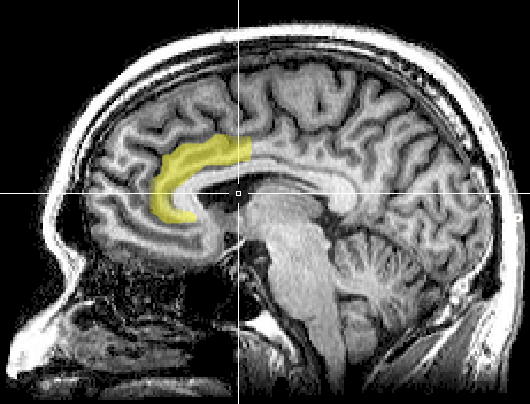We all have nerve circuits in our brains, and sometimes these nerve circuits become overactive which is why people have certain neurological disorders. Kriegstein, has seen that the MGE cells are useful in better controlling these overactive nerve circuits that are responsible for these disorders. Interneurons can help control the balance of activity of these nerve circuits, and based on this research most Medial Ganglionic eminence cells are restricted to producing these interneurons. Human embryonic stem cells, or induced pluripotent stem cells are two types of cells that have "virtually unlimited potential" to be any type of human cell. These researches took the differentiation of the human pluripotent stem cells derived from human skin, and generated MGE cells in the lab. These MGE cells were transplanted into the brains of mice that do not reject human tissue. When this was done these researchers found that these "MGE-like cells" had survived in the rodents forebrain. They eventually matured to become subtypes of these interneurons that help to control activity of nerve cells.
These findings by Kriegstein, Arturo Alvarez-Buylla, John Rubenstein, Cory Nicholas, and Jiadong Chen have become incredibly helpful for the study of human diseases. Where these mature interneurons malfunction in the human body. Nicholas timed the delivery of the factors to determine the shapes of their developmental path, and also kept up with he progress along the way. Chen studied more about the interneurons throughout the research. He carefully looked at the physiological and firing properties, along with synapse formations between the neurons.
As of now Kriegstein, Nicholas and some of the other researchers are trying to focus on transplanting these cells to certain places within the nervous system that show to be overactive and hope to see if these cells will help to functionally integrate the regulation of these overactive sites. This is done by the neuropathic pain and spasticity of mice, rather then through the spinal cords. These all make connections to Parkinson's disease, epilepsy, and Alzheimer's. Another part of their future research that I found to be incredibly amazing, was the fact that they would like to plan to develop MGE cells from induced pluripotent stem cells that are derived from skins cells of those who have autism, epilepsy, and schizophrenia. If they are able to do this they can possible find throughout the development of those interneurons what goes wrong, and why they become abnormal causing these types of disorders in people. Their only set back is the time it takes for an interneuron to develop. In mice these MGE-like cells developed between 7-9 months, which is why they are interested to speed this process up in humans.
I think that this research has become a great start to other treatments for people with these kinds of disorders, and its amazing that their research is on the right path when testing it through these mice. I'm interested to hear about the rest of this research in the future if it goes where they plan for it to go. Gives lots of hope to those that live with these disorders, and also those that are around individuals that live with this.
References:
Cory R. Nicholas, Jiadong Chen, Yunshuo Tang, Derek G. Southwell, Nadine Chalmers, Daniel Vogt, Christine M. Arnold, Ying-Jiun J. Chen, Edouard G. Stanley, Andrew G. Elefanty, Yoshiki Sasai, Arturo Alvarez-Buylla, John L.R. Rubenstein, Arnold R. Kriegstein. Functional Maturation of hPSC-Derived Forebrain Interneurons Requires an Extended Timeline and Mimics Human Nerual Development. Cell Stem Cell, 2013; 12 (5): 573 DOI: 10.1016/j.stem.2013.04.005








